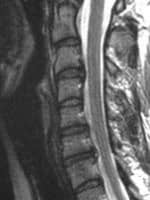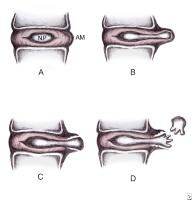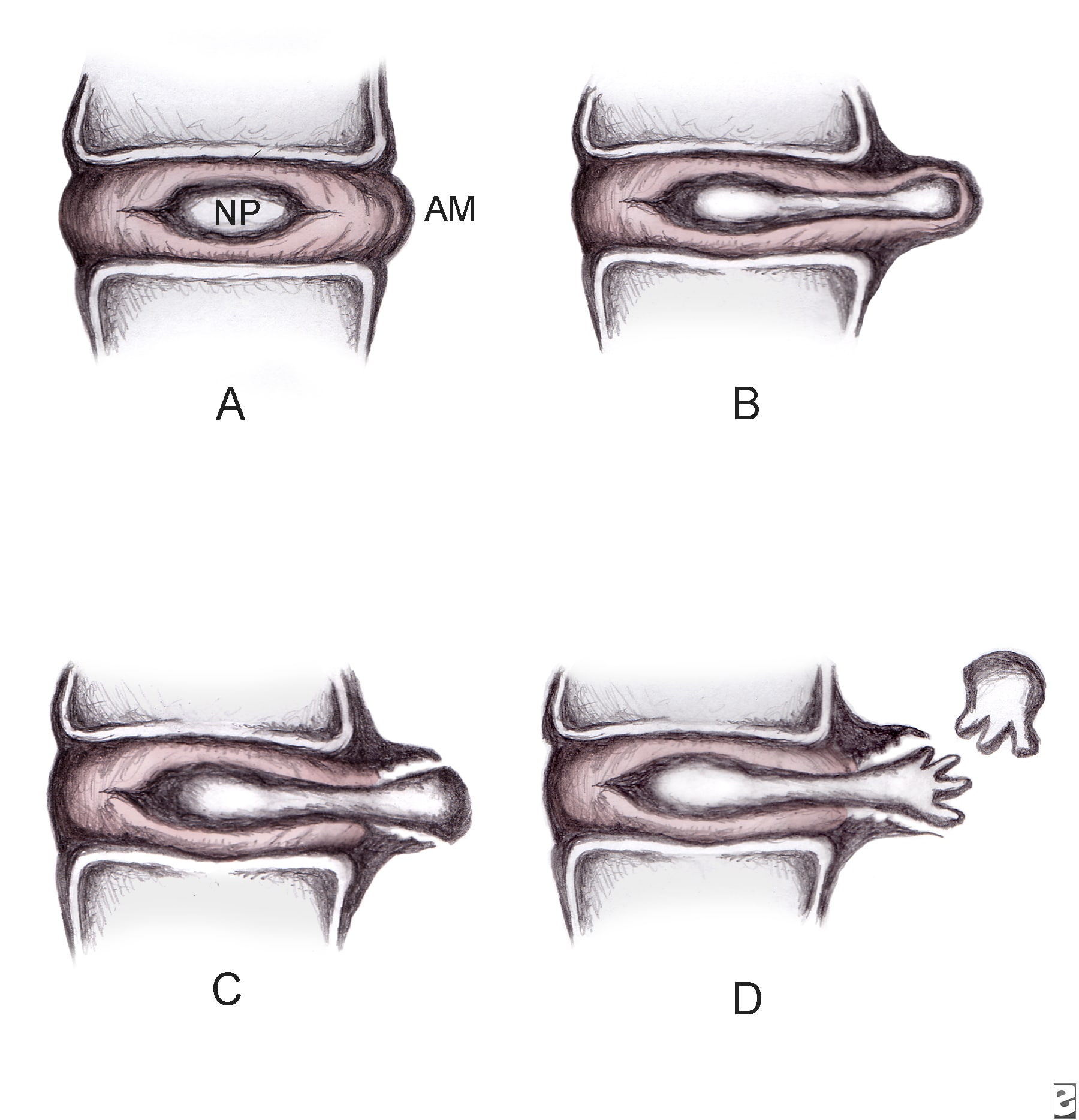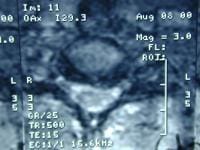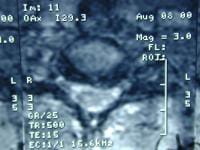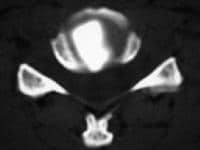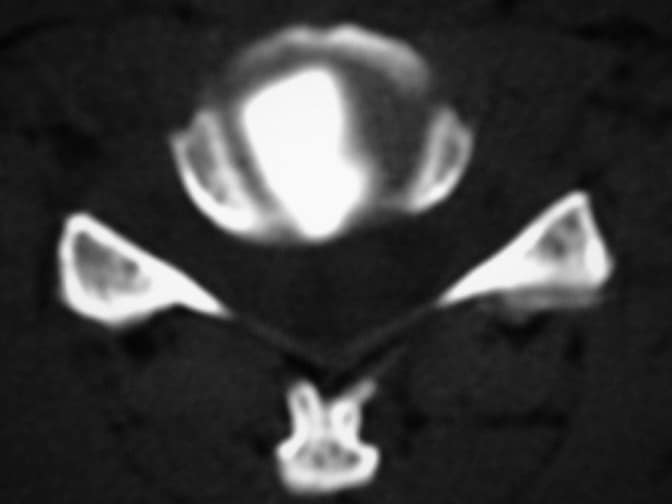What is rheumatoid arthritis?
Rheumatoid arthritis (RA) is an autoimmune disease that causes chronic inflammation of the joints. Rheumatoid arthritis can also cause inflammation of the tissue around the joints, as well as in other organs in the body. Autoimmune diseases are illnesses that occur when the body's tissues are mistakenly attacked by their own immune system. The immune system is a complex organization of cells and antibodies designed normally to "seek and destroy" invaders of the body, particularly infections. Patients with autoimmune diseases have antibodies in their blood that target their own body tissues, where they can be associated with inflammation. Because it can affect multiple other organs of the body, rheumatoid arthritis is referred to as a systemic illness and is sometimes called rheumatoid disease.
While rheumatoid arthritis is a chronic illness, meaning it can last for years, patients may experience long periods without symptoms. However, rheumatoid arthritis is typically a progressive illness that has the potential to cause joint destruction and functional disability.

A joint is where two bones meet to allow movement of body parts. Arthritis means joint inflammation. The joint inflammation of rheumatoid arthritis causes swelling, pain, stiffness, and redness in the joints. The inflammation of rheumatoid disease can also occur in tissues around the joints, such as the tendons, ligaments, and muscles.
In some patients with rheumatoid arthritis, chronic inflammation leads to the destruction of the cartilage, bone, and ligaments, causing deformity of the joints. Damage to the joints can occur early in the disease and be progressive. Moreover, studies have shown that the progressive damage to the joints does not necessarily correlate with the degree of pain, stiffness, or swelling present in the joints.
Rheumatoid arthritis is a common rheumatic disease, affecting approximately 1.3 million people in the United States, according to current census data. The disease is three times more common in women as in men. It afflicts people of all races equally. The disease can begin at any age, but it most often starts after age 40 and before 60. In some families, multiple members can be affected, suggesting a genetic basis for the disorder.
What causes rheumatoid arthritis?
The cause of rheumatoid arthritis is unknown. Even though infectious agents such as viruses, bacteria, and fungi have long been suspected, none has been proven as the cause. The cause of rheumatoid arthritis is a very active area of worldwide research. It is believed that the tendency to develop rheumatoid arthritis may be genetically inherited. It is also suspected that certain infections or factors in the environment might trigger the activation of the immune system in susceptible individuals. This misdirected immune system then attacks the body's own tissues. This leads to inflammation in the joints and sometimes in various organs of the body, such as the lungs or eyes.
Regardless of the exact trigger, the result is an immune system that is geared up to promote inflammation in the joints and occasionally other tissues of the body. Immune cells, called lymphocytes, are activated and chemical messengers (cytokines, such as tumor necrosis factor/TNF, interleukin-1/IL-1, and interleukin-6/IL-6) are expressed in the inflamed areas.
Environmental factors also seem to play some role in causing rheumatoid arthritis. For example, scientists have reported that smoking tobacco increases the risk of developing rheumatoid arthritis.
What are the symptoms and signs of rheumatoid arthritis?
The symptoms of rheumatoid arthritis come and go, depending on the degree of tissue inflammation. When body tissues are inflamed, the disease is active. When tissue inflammation subsides, the disease is inactive (in remission). Remissions can occur spontaneously or with treatment and can last weeks, months, or years. During remissions, symptoms of the disease disappear, and patients generally feel well. When the disease becomes active again (relapse), symptoms return. The return of disease activity and symptoms is called a flare. The course of rheumatoid arthritis varies from patient to patient, and periods of flares and remissions are typical.
When the disease is active, symptoms can include fatigue, loss of energy, lack of appetite, low-grade fever, muscle and joint aches, and stiffness. Muscle and joint stiffness are usually most notable in the morning and after periods of inactivity. Arthritis is common during disease flares. Also during flares, joints frequently become red, swollen, painful, and tender. This occurs because the lining tissue of the joint (synovium) becomes inflamed, resulting in the production of excessive joint fluid (synovial fluid). The synovium also thickens with inflammation (synovitis).
In rheumatoid arthritis, multiple joints are usually inflamed in a symmetrical pattern (both sides of the body affected). The small joints of both the hands and wrists are often involved. Simple tasks of daily living, such as turning door knobs and opening jars, can become difficult during flares. The small joints of the feet are also commonly involved. Occasionally, only one joint is inflamed. When only one joint is involved, the arthritis can mimic the joint inflammation caused by other forms of arthritis, such as gout or joint infection. Chronic inflammation can cause damage to body tissues, including cartilage and bone. This leads to a loss of cartilage and erosion and weakness of the bones as well as the muscles, resulting in joint deformity, destruction, and loss of function. Rarely, rheumatoid arthritis can even affect the joint that is responsible for the tightening of our vocal cords to change the tone of our voice, the cricoarytenoid joint. When this joint is inflamed, it can cause hoarseness of the voice.
Since rheumatoid arthritis is a systemic disease, its inflammation can affect organs and areas of the body other than the joints. Inflammation of the glands of the eyes and mouth can cause dryness of these areas and is referred to as Sjogren's syndrome. Rheumatoid inflammation of the lung lining (pleuritis) causes chest pain with deep breathing, shortness of breath, or coughing. The lung tissue itself can also become inflamed, scarred, and sometimes nodules of inflammation (rheumatoid nodules) develop within the lungs. Inflammation of the tissue (pericardium) surrounding the heart, called pericarditis, can cause a chest pain that typically changes in intensity when lying down or leaning forward. The rheumatoid disease can reduce the number of red blood cells (anemia) and white blood cells. Decreased white cells can be associated with an enlarged spleen (referred to as Felty's syndrome) and can increase the risk of infections. Firm lumps under the skin (rheumatoid nodules) can occur around the elbows and fingers where there is frequent pressure. Even though these nodules usually do not cause symptoms, occasionally they can become infected. Nerves can become pinched in the wrists to cause carpal tunnel syndrome. A rare, serious complication, usually with long-standing rheumatoid disease, is blood vessel inflammation (vasculitis). Vasculitis can impair blood supply to tissues and lead to tissue death (necrosis). This is most often initially visible as tiny black areas around the nail beds or as leg ulcers.
How is rheumatoid arthritis diagnosed?
The first step in the diagnosis of rheumatoid arthritis is a meeting between the doctor and the patient. The doctor reviews the history of symptoms, examines the joints for inflammation and deformity, the skin for rheumatoid nodules, and other parts of the body for inflammation. Certain blood and X-ray tests are often obtained. The diagnosis will be based on the pattern of symptoms, the distribution of the inflamed joints, and the blood and X-ray findings. Several visits may be necessary before the doctor can be certain of the diagnosis. A doctor with special training in arthritis and related diseases is called a rheumatologist.
The distribution of joint inflammation is important to the doctor in making a diagnosis. In rheumatoid arthritis, the small joints of the hands, wrists, feet, and knees are typically inflamed in a symmetrical distribution (affecting both sides of the body). When only one or two joints are inflamed, the diagnosis of rheumatoid arthritis becomes more difficult. The doctor may then perform other tests to exclude arthritis due to infection or gout. The detection of rheumatoid nodules (described above), most often around the elbows and fingers, can suggest the diagnosis.
Abnormal antibodies can be found in the blood of patients with rheumatoid arthritis. An antibody called "rheumatoid factor" can be found in 80% of patients. Citrulline antibody (also referred to as anti-citrulline antibody, anti-cyclic citrullinated peptide antibody, and anti-CCP) is present in most patients with rheumatoid arthritis. It is useful in the diagnosis of rheumatoid arthritis when evaluating patients with unexplained joint inflammation. A test for citrulline antibodies is most helpful in looking for the cause of previously undiagnosed inflammatory arthritis when the traditional blood test for rheumatoid arthritis, rheumatoid factor, is not present. Citrulline antibodies have been felt to represent the earlier stages of rheumatoid arthritis in this setting. Another antibody called the "antinuclear antibody" (ANA) is also frequently found in patients with rheumatoid arthritis.
A blood test called the sedimentation rate (sed rate) is a measure of how fast red blood cells fall to the bottom of a test tube. The sed rate is used as a crude measure of the inflammation of the joints. The sed rate is usually faster during disease flares and slower during remissions. Another blood test that is used to measure the degree of inflammation present in the body is the C-reactive protein. Blood testing may also reveal anemia, since anemia is common in rheumatoid arthritis, particularly because of the chronic inflammation.
The rheumatoid factor, ANA, sed rate, and C-reactive protein tests can also be abnormal in other systemic autoimmune and inflammatory conditions. Therefore, abnormalities in these blood tests alone are not sufficient for a firm diagnosis of rheumatoid arthritis.
Joint X-rays may be normal or only show swelling of soft tissues early in the disease. As the disease progresses, X-rays can show bony erosions typical of rheumatoid arthritis in the joints. Joint X-rays can also be helpful in monitoring the progression of disease and joint damage over time. Bone scanning, a radioactive test procedure, can demonstrate the inflamed joints. Bone scanning, a radioactive procedure, can also be used to demonstrate the inflamed joints. MRI scanning can also be used to demonstrate joint damage.
The American College of Rheumatology has developed a system for classifying rheumatoid arthritis that is primarily based upon the X-ray appearance of the joints. This system helps medical professionals classify the severity of your rheumatoid arthritis.
Stage I
- no damage seen on X-rays, although there may be signs of bone thinning
Stage II
- on X-ray, evidence of bone thinning around a joint with or without slight bone damage
- slight cartilage damage possible
- joint mobility may be limited; no joint deformities observed
- atrophy of adjacent muscle
- abnormalities of soft tissue around joint possible
Stage III
- on X-ray, evidence of cartilage and bone damage and bone thinning around the joint
- joint deformity without permanent stiffening or fixation of the joint
- extensive muscle atrophy
- abnormalities of soft tissue around joint possible
Stage IV
- on X-ray, evidence of cartilage and bone damage and osteoporosis around joint
- joint deformity with permanent fixation of the joint (referred to as ankylosis)
- extensive muscle atrophy
- abnormalities of soft tissue around joint possible
Rheumatologists also classify the functional status of people with rheumatoid arthritis as follows:
- Class I: completely able to perform usual activities of daily living
- Class II: able to perform usual self-care and work activities but limited in activities outside of work (such as playing sports, household chores)
- Class III: able to perform usual self-care activities but limited in work and other activities
- Class IV: limited in ability to perform usual self-care, work, and other activities
The doctor may elect to perform an office procedure called arthrocentesis. In this procedure, a sterile needle and syringe are used to drain joint fluid out of the joint for study in the laboratory. Analysis of the joint fluid in the laboratory can help to exclude other causes of arthritis, such as infection and gout. Arthrocentesis can also be helpful in relieving joint swelling and pain. Occasionally, cortisone medications are injected into the joint during the arthrocentesis in order to rapidly relieve joint inflammation and further reduce symptoms.
How is rheumatoid arthritis treated?
There is no known cure for rheumatoid arthritis. To date, the goal of treatment in rheumatoid arthritis is to reduce joint inflammation and pain, maximize joint function, and prevent joint destruction and deformity. Early medical intervention has been shown to be important in improving outcomes. Aggressive management can improve function, stop damage to joints as monitored on X-rays, and prevent work disability. Optimal treatment for the disease involves a combination of medications, rest, joint-strengthening exercises, joint protection, and patient (and family) education. Treatment is customized according to many factors such as disease activity, types of joints involved, general health, age, and patient occupation. Treatment is most successful when there is close cooperation between the doctor, patient, and family members.
Two classes of medications are used in treating rheumatoid arthritis: fast-acting "first-line drugs" and slow-acting "second-line drugs" (also referred to as disease-modifying antirheumatic drugs or DMARDs). The first-line drugs, such as aspirin and cortisone (corticosteroids), are used to reduce pain and inflammation. The slow-acting second-line drugs, such as gold, methotrexate, and hydroxychloroquine (Plaquenil), promote disease remission and prevent progressive joint destruction, but they are not antiinflammatory agents.
The degree of destructiveness of rheumatoid arthritis varies from patient to patient. Patients with uncommon, less destructive forms of the disease or disease that has quieted after years of activity ("burned out" rheumatoid arthritis) can be managed with rest, pain and antiinflammatory medications alone. In general, however, patients improve function and minimize disability and joint destruction when treated earlier with second-line drugs (disease-modifying antirheumatic drugs), even within months of the diagnosis. Most patients require more aggressive second-line drugs, such as methotrexate, in addition to antiinflammatory agents. Sometimes these second-line drugs are used in combination. In some patients with severe joint deformity, surgery may be necessary.
 Losing a girlfriend isn't that challenging. It just takes neglect in a few key areas and a willful arrogance in others. In order to not keep a girl, follow these steps. She'll be gone in no time.
Losing a girlfriend isn't that challenging. It just takes neglect in a few key areas and a willful arrogance in others. In order to not keep a girl, follow these steps. She'll be gone in no time. There is no guaranteed way to instantly become popular, but there are some guidelines to follow to help get off on the right foot.
There is no guaranteed way to instantly become popular, but there are some guidelines to follow to help get off on the right foot.  Things Guys Want Girls To Know which otherwise remains unsaid and sometimes becomes difficult for them to bring it out. So here you can get a glimpse over the details that these guys want their girl friends to know which they would otherwise never bother to or be able to tell. So lets get into the minds of these boys and know that always it is not that women are complicated and have lots of secrets in mind rather boys can have a lot of secrets in their mind and be as complex as a girl. This can also prove that boys have so much to tell which these people are not abled to bring out with. They want the girls to know all these facts about them and as they cannot bring with it, they prefer to write it.
Things Guys Want Girls To Know which otherwise remains unsaid and sometimes becomes difficult for them to bring it out. So here you can get a glimpse over the details that these guys want their girl friends to know which they would otherwise never bother to or be able to tell. So lets get into the minds of these boys and know that always it is not that women are complicated and have lots of secrets in mind rather boys can have a lot of secrets in their mind and be as complex as a girl. This can also prove that boys have so much to tell which these people are not abled to bring out with. They want the girls to know all these facts about them and as they cannot bring with it, they prefer to write it. Answer
Answer 





